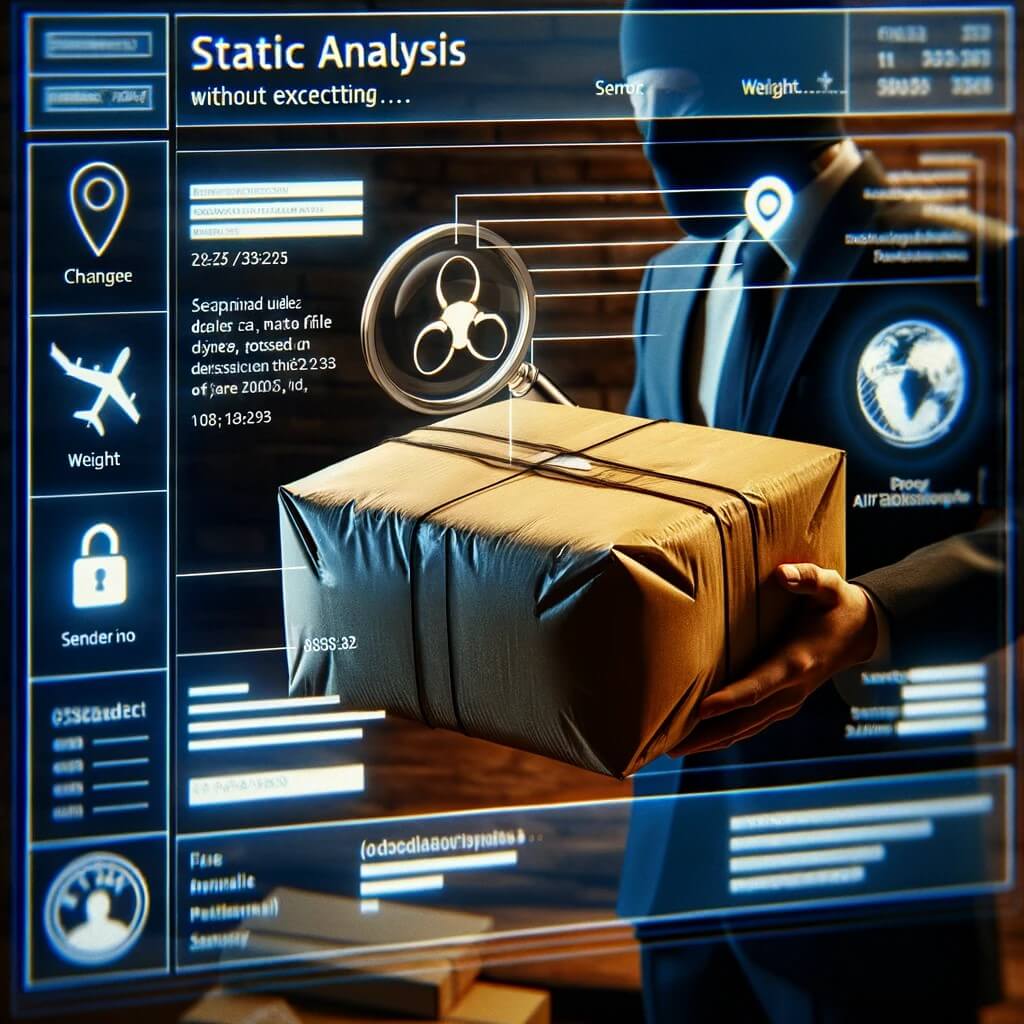Contents:
The antivirus software stands as a critical defense line against cyber-attacks. To fully understand how it operates, it’s vital to understand the four distinct layers of antivirus security. Each layer contributes to the detection and neutralization of threats, ensuring a robust defense mechanism against various types of malware.
Key takeaways:
- A Multilayered Defense is Paramount.
- Signature-Based Detection is the first line of defense.
- Enhancing accuracy through File Reputation-Based Detection.
- Taking proactive measures with Static and Dynamic Analysis.
The Four Layers of Antivirus Security
There’s no silver bullet with cybersecurity; a layered defense is the only viable option.
Without further ado, here’s a rundown of the four layers of antivirus security.
Signature-Based Detection
At its most basic level, AV software relies on signature-based detection. This method involves collecting digital signatures from known malware, which are then stored in a file known as the Virus Definition File (VDF).
The VDF is regularly updated and sent to clients’ AV software, enabling it to recognize and block malware based on these signatures.
Although effective against known threats, this approach has limitations in detecting new, unknown malware variants.
Think of signature-based detection like a bouncer at a club who has a list of banned individuals. When someone tries to enter, the bouncer checks their face against the list. If there’s a match, the person is not allowed inside.
Similarly, the AV software checks each file against a list (VDF) of known malware signatures. If a file’s signature matches one in the VDF, it’s either blocked or removed.

File Reputation-Based Detection
To enhance its effectiveness, AV software incorporates file reputation-based detection. This system uses a database of file identifiers, such as MD5 hashes, to assess the file’s trustworthiness.
Files with known hashes are quickly identified, helping the AV software to determine if an asset is safe or potentially harmful.
Let’s use the bouncer analogy again. If a new person enters the club, the bouncer checks their ID number in a database.
If the ID has a history of negative incidents, the person might be flagged. In AV, the software checks a file’s ‘ID’ (like an MD5 hash) against a database. If the file has a history of being malicious, it’s flagged as a threat.

Static Analysis
The third layer involves static analysis, a process where the AV software examines a file without actually executing it. This analysis looks at metadata, such as its size, whether it’s digitally signed, and its byte entropy.
Static analysis helps in identifying potentially malicious files based on their characteristics, even before they are run on the system.
Imagine a security officer inspecting a package without opening it. They check the package’s weight, sender’s information, and other external details to assess if it’s suspicious.
In AV, static analysis involves examining a file’s properties like size, digital signatures, and other metadata to detect potential threats without running the file.

Dynamic Analysis
The final layer, dynamic analysis, is a behavior-based approach. Unlike static analysis, this method involves executing the file in a controlled environment to observe its behavior.
For example, if an executable file attempts to delete shadow copies, it is indicative of ransomware behavior. Dynamic analysis is crucial in identifying and mitigating threats that might not be caught by other methods, particularly in the case of sophisticated malware that can evade static detection.
This is like a test drive for a car. Instead of just looking at the car, you drive it to see how it performs and reacts in different situations.
Similarly, dynamic analysis involves running a file in a controlled environment to observe its behavior. If the file behaves like malware (e.g., tries to delete important files), it’s identified as a threat.

Conclusion
The effectiveness of antivirus software lies in the union of these four layers. Each layer addresses different aspects of malware detection, from known threats to emerging, sophisticated attacks.
By integrating signature-based, file reputation-based, static, and dynamic analyses, AV software provides comprehensive protection against countless cyber threats.
If you liked this article, follow us on LinkedIn, Twitter, Facebook, and Youtube, for more cybersecurity news and topics.










 Network Security
Network Security
 Vulnerability Management
Vulnerability Management
 Privileged Access Management
Privileged Access Management  Endpoint Security
Endpoint Security
 Threat Hunting
Threat Hunting
 Unified Endpoint Management
Unified Endpoint Management
 Email & Collaboration Security
Email & Collaboration Security








